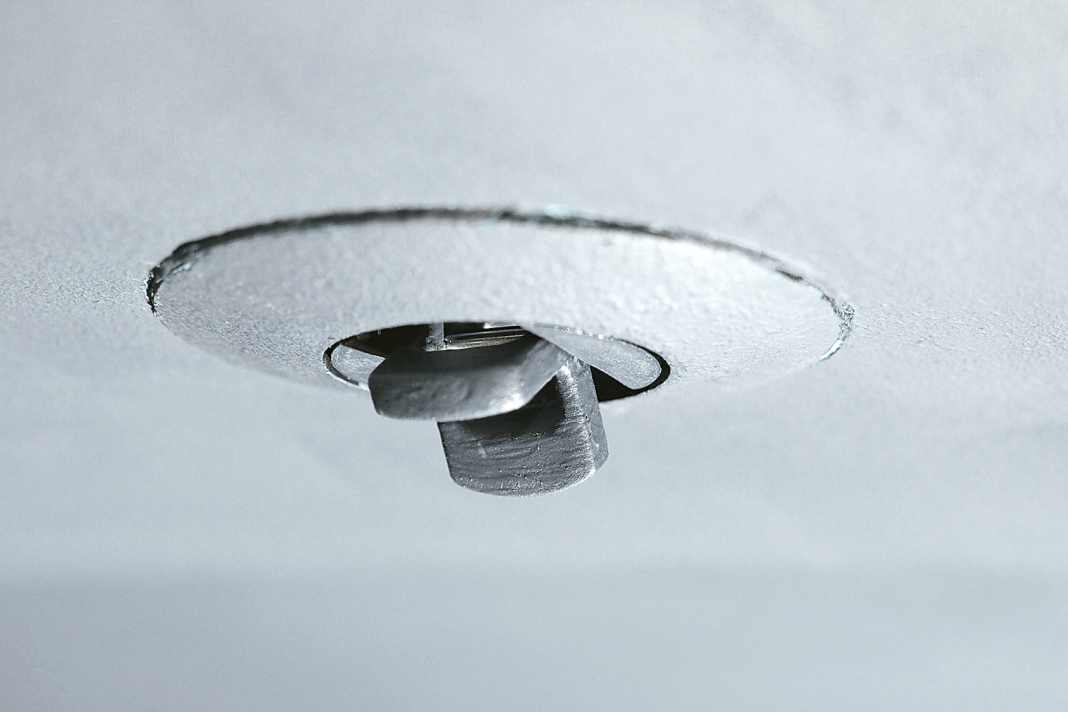




The article series
The log is almost always wrong. Even if the manufacturers were to calibrate every transducer in the towing tank, no sensible data would come out after installation in the ship. Hull shape and installation location change the flow of water along the hull. To make matters worse, the size of the error varies with the speed. The display often also depends on which bow is being sailed on or whether the ship is under engine power. Close to hull speed, there can easily be one or two knots too many on the display. As practically all yacht logs can only be adjusted by a single factor, exact adjustment for all speeds is not possible.
That's why the log is important
Nevertheless, a lot depends on the data from the logger. If it does need to be coupled, it is the only reference for the distance travelled. And in instrument systems, the calculations of current offset, true wind, geographical wind direction and tacking angle are based on the speed through the water.
Adjusting the logger
To ensure that everything is at least approximately correct, the log is adjusted to the average speed of the yacht under sail. All other values dependent on the log are therefore only correct at this speed. This is particularly noticeable when creeping in the doldrums or surfing in strong winds. The whole thing is particularly annoying when the cross is extended by unnecessary tacks in this way or a supposedly fast room sheet course becomes a fiddle flat in front of the sheet.
With a little time, adjusting the logger is actually quite simple: travel the same route once there and back again at a constant speed in water with as little current as possible; the data collected in the process will give you the correction factor. In order to obtain good values, the route should measure at least one mile and there should be no high waves.
Only the two straight sections between the measuring waypoints are calculated. The actual distance travelled is determined by the GPS, the distance through the water is recorded using the trip meter. The correction factor is then calculated by dividing the GPS distance by the log distance.
The correction value previously recorded in the instrument is then multiplied by this and saved as the new correction factor.
Sources of error when measuring
As the current conditions on the hull can differ between motoring and sailing, you should sail when measuring. For the same conditions on the outward and return journey, only a course with a 90 degree true wind angle is suitable. The best compromise is to determine the values at the average speed used for planning the trip.
Other sources of error in speed measurement are fouling on the paddle wheel, which can be prevented by applying a thin layer of antifouling. Too much paint can cause errors, as some coatings swell in the water, which means that the gaps are no longer sufficient and the wheel grinds.
The same happens if the bearings are worn, then the wheel lacks precise guidance and can rub against the housing. Such damage is caused by high-pressure washing of the underwater hull. The directly hit wheel turns much higher than intended, while the water-lubricated bearing lacks lubricant. Remedy: retract and secure the encoder before slipping on, then the crane straps cannot damage it either. If you use a blind plug to paint the underwater hull, you should remove it once before slipping off and remove any antifouling burrs from the opening.
Several values are useful
If you want to make your logger fit for dead reckoning in changing weather conditions, you should note additional correction factors for lower and higher speeds both under sail and under engine and take these into account when calculating the exact dead reckoning location.
Almost all manufacturers now use the NMEA 2000 combination sensors from Airmar's DST series. These not only combine logger and plummet, but also have temperature, inclination and acceleration sensors. They can also be connected to the Airmar app via Bluetooth and calibrated directly, independently of the instrument system. In addition to automatic adjustment for one speed, the app also offers the option of generating a correction table for different speeds and heel angles. A function that was previously reserved for designated regatta systems.
The railing log as an alternative
In the event of a technical failure, an alternative speed measurement method is required for coupling. This involves throwing something buoyant - an apple, for example - overboard at the bow of the yacht and timing how long it takes for the object to reach the stern. A ship travelling through the water (FdW) at one knot (kn) travels 0.514 metres in one second (1 kn = 1 nm/h = 1,852 m/h = 1,852 m/3,600 sec = 0.514 m/sec). This distance is referred to as the meridian tertie (MT), which in practice can also be rounded to 0.5 metres. In principle, the following applies: MT per second = nautical miles per hour (= kn).
The only thing left to do is to determine the distance the apple has travelled from the bow to the stern. If the yacht is 12 metres long, this corresponds to 24 MT (12 m : 0.5 m = 24). If the apple has taken 6 seconds to do this, the yacht is travelling through the water at 4 knots: 24 MT in 6 seconds = 4 MT per second, i.e. 4 knots.

